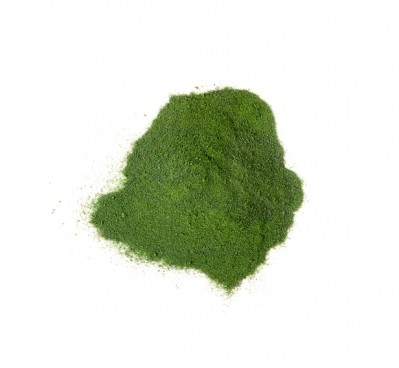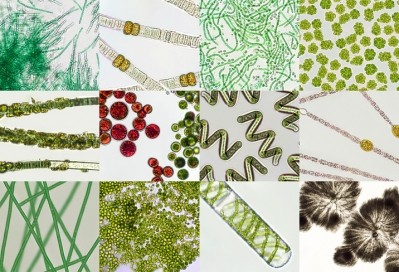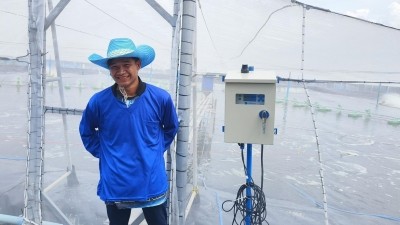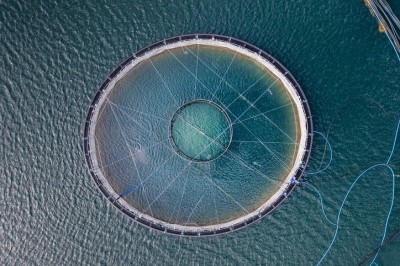Norwegian aquaculture industry on the hunt for novel feed ingredients as it faces new tax regime
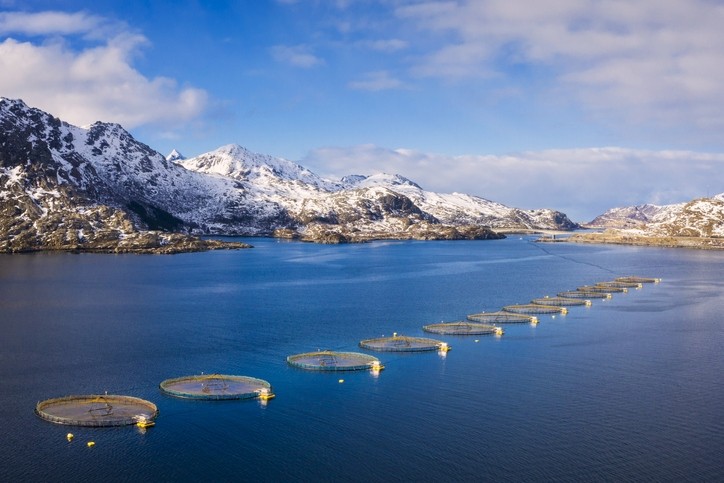
Last year’s report focused more on the growth of the salmon industry, seaweed cultivation, land-based fish farming and climate change, this year there has been a slight shift in focus, with the authors drawing down the implications from a new aquaculture tax for the sector; they also outline the path to industrialization of future ingredients for Norwegian salmon feed, the startup landscape, and a raft of other issues.
While 2021 was a successful one for Norwegian fish farmers in terms of topline growth, with the aquaculture industry bouncing back from the slow-down caused by the COVID-19 pandemic, supply became more constrained in 2022, with exported volumes behind that of 2021. However, demand remained high, resulting in record salmon prices throughout the year, noted the EY review.
Aquaculture tax
The Norwegian aquaculture industry, however, is grappling with a new tax regime, a move that came as a surprise to the industry and its investors, said the analysts.
In September last year, the Norwegian government presented its plan to introduce a 40% resource tax on the commercially licensed sea-based production of salmon, with kickoff scheduled for January this year. The salmon producers utilize fjords and sea areas that belong to the public. As such, the background for the proposal is that, through a resource rent tax, the public would retain more of the value generated by the exploitation of these resources.
The tax is dramatic for the Norwegian fish farming industry, at one of the most defining moments since its inception, according to the report.
“The change in tax regime will apply to the in-sea phase, ie, the fish farming companies. However, it will affect the entire value chain of the industry. Due to uncertainty about how the actual tax will be implemented, we have already seen significant consequences for technical suppliers as well as the processing industry, in addition to the substantial drop in market caps for listed fish farming companies.”
The policy is creating uncertainty for the Norwegian salmon sector and could have both short- and long-term negative effects on growth and innovation in the industry, said Rabobank seafood analyst, Gorjan Nikolik, in an outlook released in January.
Indeed, widespread concerns from stakeholders resulted in the Norwegian government reassessing the proposal's framework.
A new proposal is now expected in March 2023, with a view to the bill being fully signed off and operational by late Q2 2023, noted analysis from Mintec.
Novel salmon feed ingredients
Norway has set a goal of producing 5 million tons of salmon in 2050, which translates to 6.2 million tons of feed when measured in dry weight. To meet this ambitious goal, sustainable feed production is critical to ensure reduced emissions and costs, according to the publication.
“Access to enough sustainable raw materials for feed is expected to become one of the greatest barriers to salmon aquaculture growth. Currently, feed is by far the largest contributor to both emissions and costs in the salmon industry, accounting for around 80% of the emissions per unit of salmon and about 46% of the production costs.”
Norwegian policymakers are urging that all salmon feed should come from sustainable resources by 2030, and that there should be greater use of local ingredients.
However, Norwegian salmon production is highly dependent on imported ingredients, stressed the authors.
New ingredients such as insect meal, single cell proteins, and microalgae accounted for only 0.4% of total ingredients in 2020, and none were produced in Norway.
There are numerous early phase projects aiming to develop future feed ingredients from Norway, but few initiatives have reached industrialized production, found the outlook.
“To meet the national ambitions of sustainable feed ingredients, overcoming barriers from high cost, regulatory framework, customer acceptance and nutritional quality will be especially important.”
Blue mussels, land animal by-products and photoautotrophic microalgae are highlighted as ingredients with the largest short-term volume potential due to concrete investment plans and/or access to raw materials.
Customer acceptance is seen as the most critical barrier for land animal by-products to enter the feed ingredients portfolio.
Both microbial ingredients and other marine low-trophic species are likely to have significant scaling potential beyond 2030 but are not likely to be part of the national feed mix already in 2030.
Insects also have the potential as an excellent protein source, but the report identified current regulations regarding the use of organic waste as feedstock limiting future growth.
Mapping resources
The authors also identified areas for consideration to help the sector meet national ambitions for feed and salmon production:
A portfolio of ingredients is essential to be able to meet the future feed demand, they said. “Therefore, it is important to industrialize a range of new feed ingredients, as well as improve the existing value chains.”
Also needed are financial incentives to industrialize the production of Norwegian feed ingredients, commented the authors. Currently, only blue mussels, land animal by-products and photoautotrophic microalgae are close to cost-competitiveness versus existing, imported feed ingredients. “To close the gap, financial incentives supporting sustainability will become critical.”
An overall strategy for bioresources should be developed. The EY team suggests this should include a national “feed-food-fuel” strategy to map, prioritize and maximize the utilization of scarce resources. This includes clarifying the need for imported versus domestically produced ingredients and ensuring efficient use of by-products in feed production.
Science-based targets and taxonomy standards for aquaculture should be developed to prioritize ingredients with the highest degree of sustainability, they said. To accelerate the production of low-trophic species, specific zoning and licenses should be developed.
